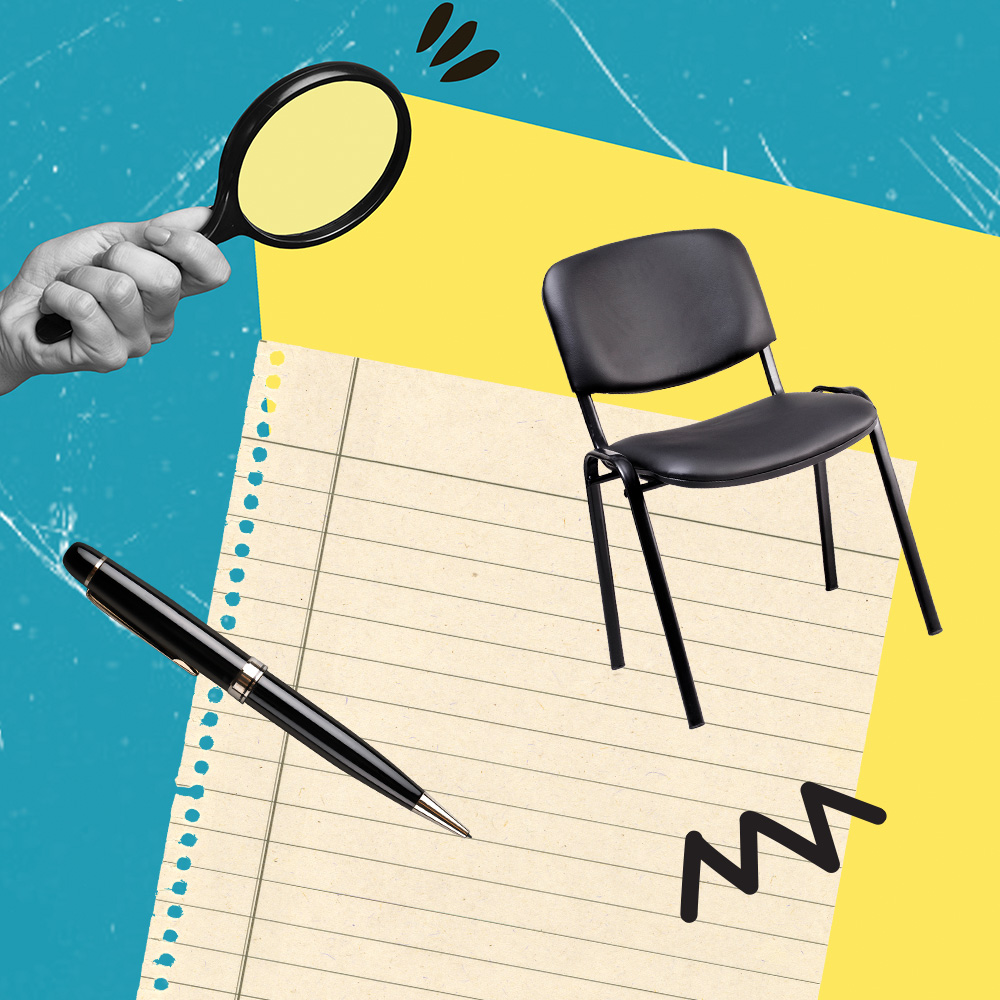
Good Habits
“Habitual behaviors are behaviors that we practice every day and tend to not think about.”The hashtag #morningroutine has over a billion views on TikTok. People of all ages and backgrounds share their morning and evening routines in TikTok videos. I enjoy watching these videos, even though some of the routines do not come close to what my own routine looks like. I find the concept of a consistent and stable morning routine fascinating, efficient and practical. Creators on TikTok romanticize these morning and evening routines and make them fun to share (and watch).
When you think about it, having a stable morning and evening routine is pretty normal. While it may not look like the videos you see on social media, you most likely already have a somewhat consistent morning and evening routine. These routines are made up of tiny “habitual behaviors,” or behaviors that are consistent and repeated without engaging our minds.
Habitual behaviors are behaviors that we practice every day and tend to not think about. Example: Do you grab your phone before you leave the house? You’re probably not thinking to yourself, “I have to grab my phone before I leave.” You’ve made it a habit to always have your phone with you before you leave your house; that’s a habit that you’ve built into your routine—all without even thinking about it.
These habitual behaviors are learned values and thoughts to be carried out automatically.
The book “Atomic Habits” has dominated my social media feeds in the past few years. James Clear, the author of “Atomic Habits,” writes in his book (that can also be found in an excerpt online), “The more you do something, the stronger and more efficient the connection becomes.”
Makes sense, right? It’s like muscle memory. I’m going to reach for my phone each and every night if I’ve been consistently reaching for my phone at bedtime each and every night.

Setting Good Habits
In recent years, I learned and incorporated habit stacking into my routine. Habit stacking is taking an old habit and building a new habit on top of that old habit.
Let’s give an example. I want to create a habit of working out two times a week; however, I can’t seem to find the motivation to work out. To make it a habit, I take a habit that I’ve already built into my routine, like unpacking my backpack after I get home at the end of the day, and then stack the new habit on top of the old habit. After I walk through the door and set things down, I immediately change into my workout clothes. Once you start to get into this habitual behavior of immediately changing into your workout clothes the second you walk through the door, the habit will start to “sink in.” Your mind is trained to think, “After I walk in the door, I will change into my workout clothes.” Then, you can attach another habit on top of that: After I change into my workout clothes, I’m going to fill my water bottle. After I fill my water bottle, I can go to the gym.
Setting these tiny habits on top of each other, day by day, week by week, will eventually build into a set routine that will hopefully contribute to a more well-rounded life.

Breaking Unhealthy Habits
But wait—how do I break unhealthy habits? First, you have to identify and then eliminate the triggers or “cues” that make you do the “bad” habit. These cues signal us to perform the habit.
Let’s return to the example of scrolling on your phone at bedtime. (Because we all do it, it’s better if you just admit it now.) Why do you go on your phone before bed? Are you bored or stressed or sad? Ask yourself, is it worth it? Does it help you wake up easier in the morning? What do you get out of checking your phone or replying to that text at night? In most situations, the answer is that it’s not worth it. (I mean, unless the text is really an emergency, or like, if your favorite artist announced a new album.)
Replace the bad habit with a healthier habit. Replace your phone with something else—maybe a book or talking on the phone with your bestie. Switch to Do Not Disturb on your phone and read a book. Or, if you really don’t want to read, catch up on sleep and go to bed earlier.
Setting good habits is a process. These habits of yours—good or bad—are learned behaviors that you may not know you have. Until you take a step back to understand why you do these habits, you’ll continue to perform these habits without realizing it. If some of these learned behaviors are unhealthy habits, like scrolling on your phone at bedtime, it may take a while to fully understand trigger cues and replace that bad habit with a healthier habit.
Habits are hard to break—especially for people with anxiety. Habits provide a sense of control. These repetitive behaviors, or habits, turn into coping mechanisms. Although it may take extra work, if this is you, you can still break the bad habit by understanding the root cause (the trigger/cue) of the unhealthy habits. While you’re trying to break the bad habit, try more healthy habits to cope with anxiety: cooking, walking, coloring, reading or journaling.
Habits are not the same as routines; instead, a bunch of habits together, built overtime, make up a routine. If I get up at this time, I can make coffee. While I make coffee, I can meditate for two minutes. After I meditate for a few minutes, I can scroll on my phone. While I scroll on my phone, I can walk around the block … and the list goes on. Morning and evening routines are great in practice, but it takes time and discipline and understanding what our individual habits are—and our triggers to perform these habits—to create a well-rounded routine.
for further study
Read:
- Atomic Habits by James Clear
Listen:
- Happy and Healthy Podcast: Episode The Best Discipline and Habit Tips with Craig Groeschel



